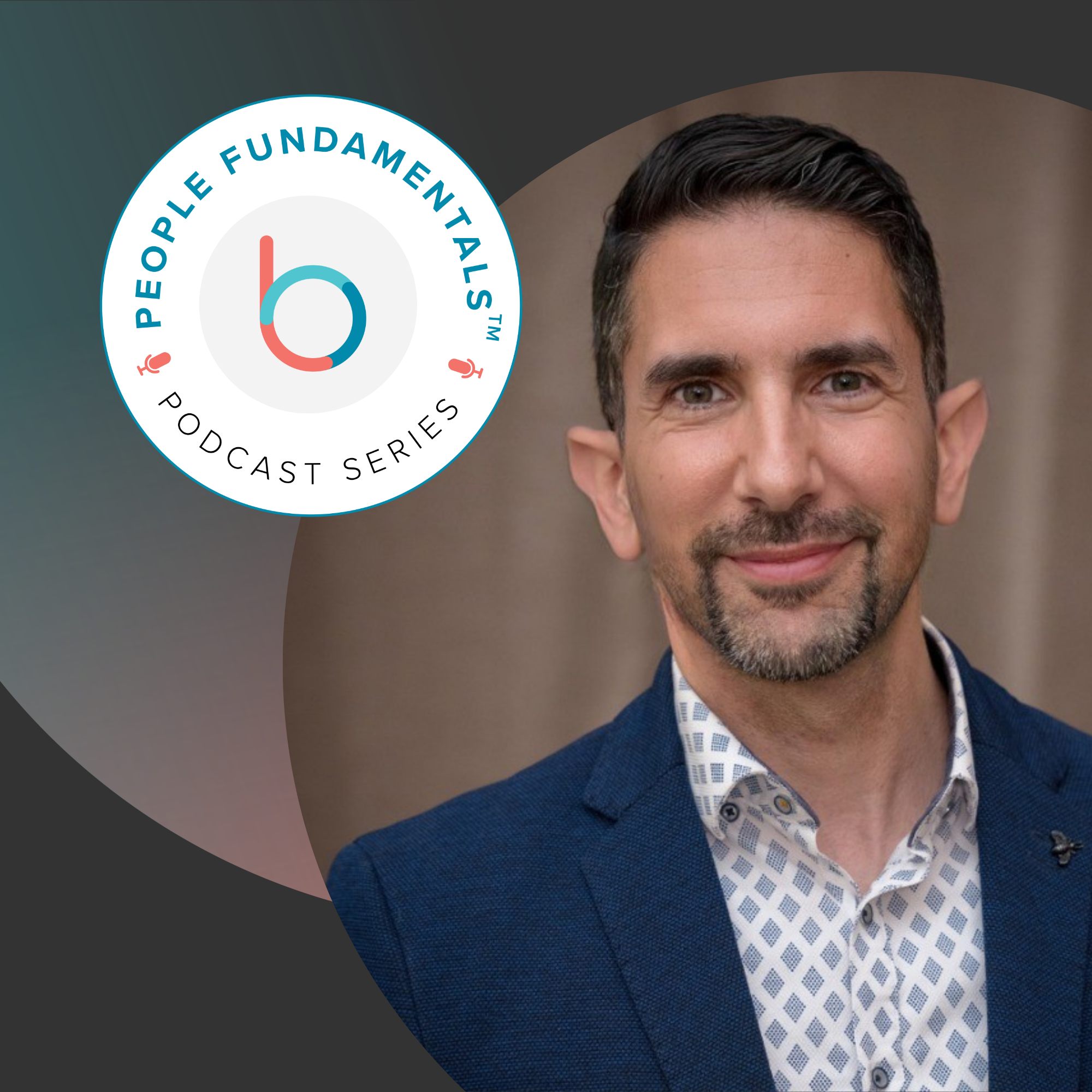Two of the most common challenges in everyday business are miscommunication and missed deadlines. It’s obvious, right? If teams are not communicating clearly, they cannot complete tasks in a consistent manner. More time is spent correcting problems than moving forward, which leads to delays and missed deadlines. These two challenges can prevent the organization from accomplishing their objectives and key results (OKRs).
To keep business goals on track, organizations need to create and maintain company cultures that support the formulation and execution of OKRs. It’s not enough to simply have goals. So, what are the cultural attributes that support OKRs? Before we talk about that, let’s do a quick refresher about OKRs.
Why OKRs are Essential for Business Success
Objectives and Key Results (OKRs) work with strategic plans to connect an employee’s work to the business. They aren’t a fad – [tweet text=”OKRs have been around for ages”]”OKRs have been around for ages.”[/tweet] But we’re seeing them gain momentum, in part due to the increased competition in today’s business markets. A well written OKR has three components:
- It defines the “who” in terms of executive sponsorship, change agents, and team members.
- OKRs define the “when”, meaning milestones, cascade and cadence, and implementation dates.
- And they define the “how”, such as alignment with business processes, potential obstacles, and success factors.
The last thing any organization wants is to set OKRs and see their hard work and resources lost along with not achieving the results they need. That’s why companies need to add these cultural attributes. Think of it as an insurance policy toward accomplishing the company’s goals.
3 Cultural attributes of effective OKRs
Lots of qualities get lumped into company culture. “Oh, your company culture needs to do this…” OR, “all company cultures need to have that…” [tweet text=”The truth is company cultures should offer consistency, while at the same time have opportunities to evolve.”]”The truth is company cultures should offer consistency, while at the same time have opportunities to evolve.”[/tweet] These three attributes provide organizations the ability to do both:
Focus on what is important. This applies on an organizational, departmental, and individual level. Organizations and departments might want to consider establishing a “floor and ceiling” for success when establishing OKRs. It’s possible that multiple individuals will have the same OKR, but the “how” part is different as well as the success metrics.
Priorities change all the time. I’m reminded of times like immediately after September 11 and during the Great Recession, when company priorities were forced to change. But this doesn’t mean the company doesn’t want the right things. We want employees to have good jobs, customers to have an excellent experience with our products and services, and stakeholders to be satisfied with their company affiliation.
Transparency to avoid duplication of efforts. Organizations will want to stay connected with what’s happening locally and globally. They should strive to communicate in real-time, so the organization remains agile and competitive. Some duplication is fine, but organizations should be careful about setting the same OKR repeatedly. It could reduce the importance (or “when”) that needs to be accomplished.
When you work in a sales organization, it’s easy to say that every year the company needs to “sell more”. But at some point, organizations have to figure out how to keep selling exciting for everyone involved in the process. I remember one year, new managers were assigned a sales representative and customer account. The sales manager would educate the new manager about the account and take them on sales calls. The goal was the same – sell more – but it exposed new managers to the process. Sales managers said they enjoyed being able to educate the company on what they do.
Support the community. [tweet text=”OKRs are effective when employees understand their connection with the organization.”]”OKRs are effective when employees understand their connection with the organization”[/tweet] (the “who”). Managers want to communicate with employees how their goals cascade up or down, reinforcing the connection. Then, monitor milestones, “at-risk” goals, and opportunities to revise and/or delete OKRs. Always encourage company-wide recognition.
When I was the volunteer president of HR Florida, the statewide affiliate for the Society for Human Resource Management (SHRM), we would write thank you letters to the families of our volunteers. The letter thanked our volunteer’s families for sharing their time with us and we specifically outlined the things that the volunteer had accomplished during their term. It demonstrated to the volunteer that we knew the “who”.
Make OKRs a Part of Company Culture
Organizations can accomplish their goals by using OKRs to foster better communication and focus. But a well-written OKR is only the start. The company culture must support OKRs at every level.
If you want to learn more about BetterWorks Continuous Performance Management platform and it’s features such as Goals, Feedback, Conversations, and Recognition, BetterWorks offers a complimentary biweekly webinar on Thursdays. You do not need to be a customer to attend. Registration details can be found here.






